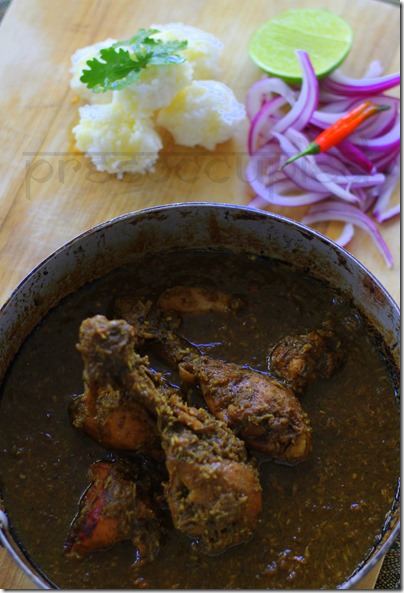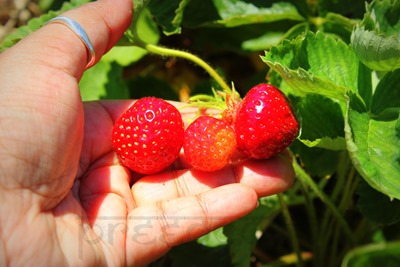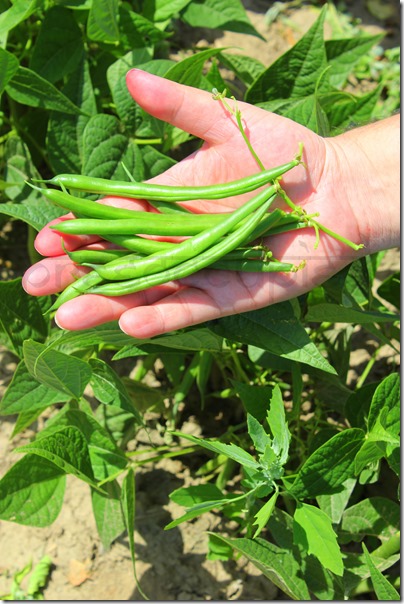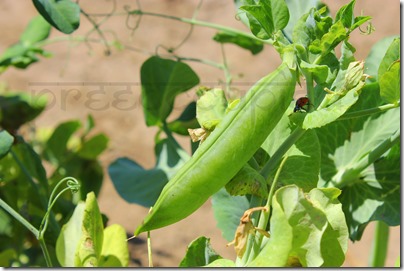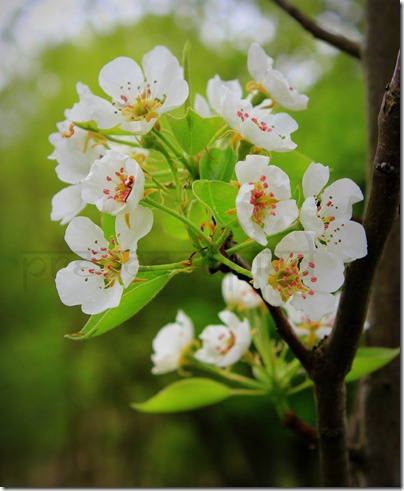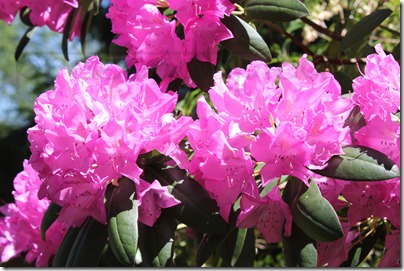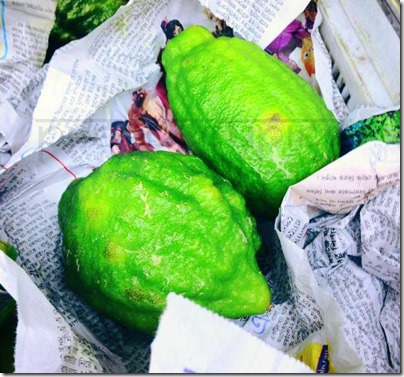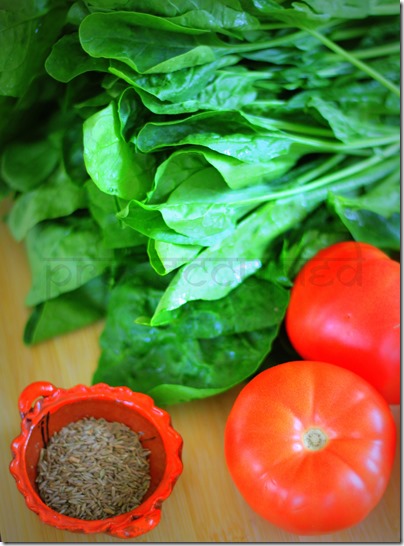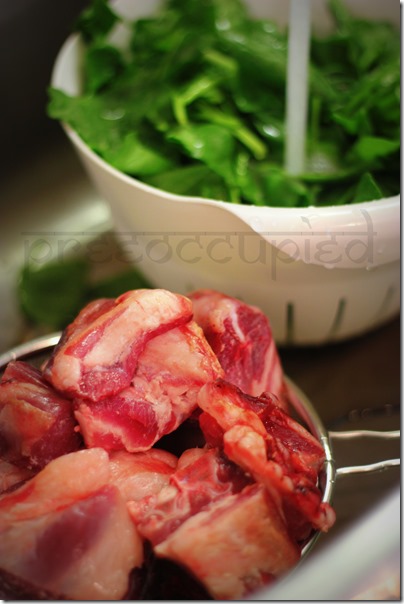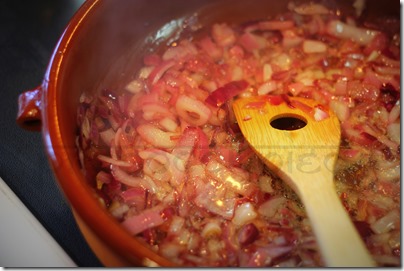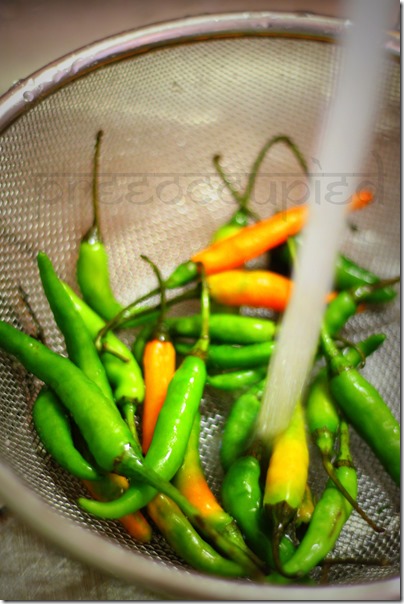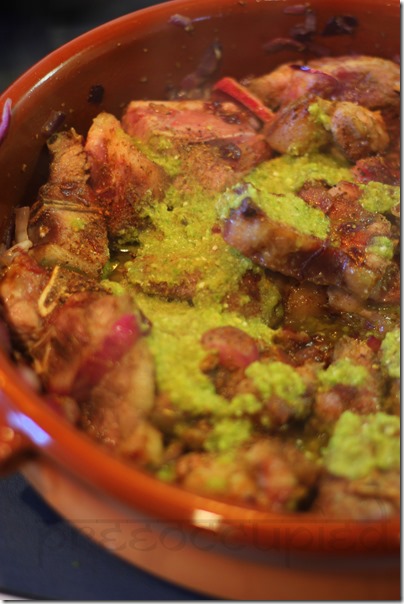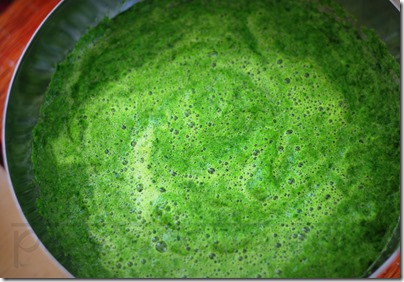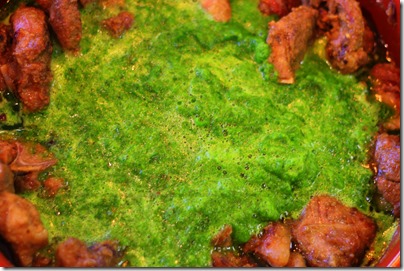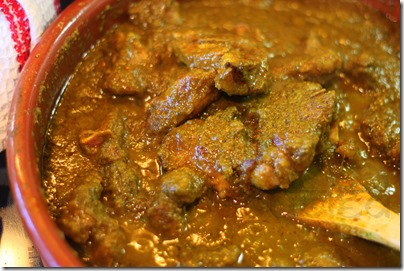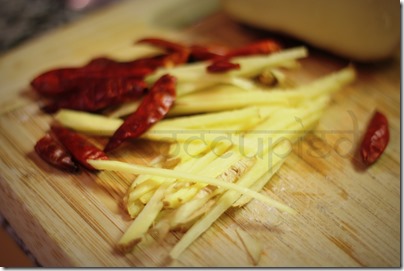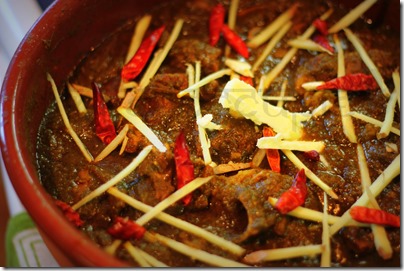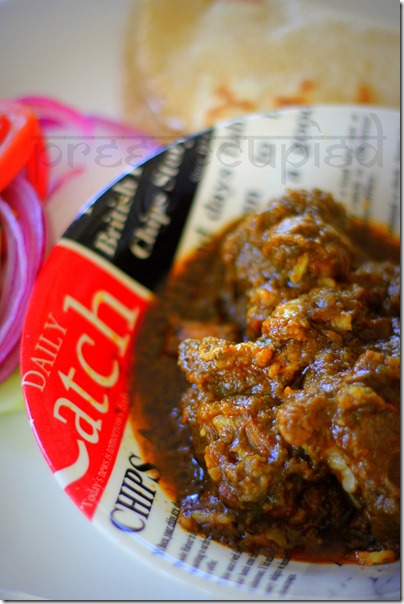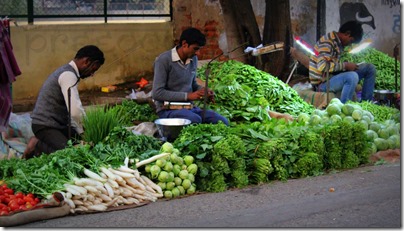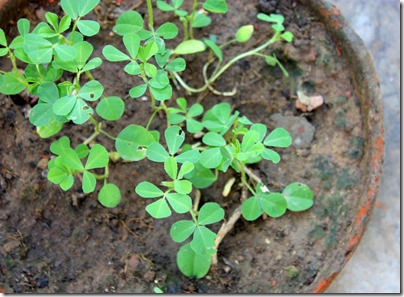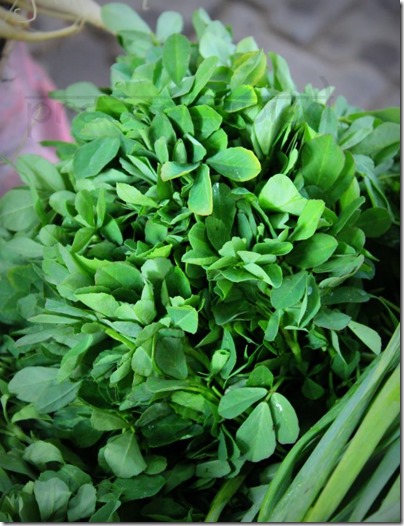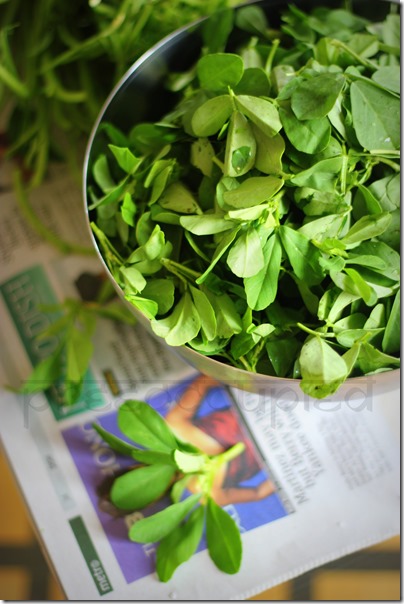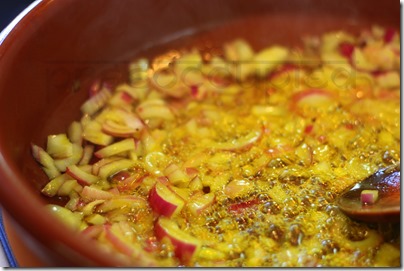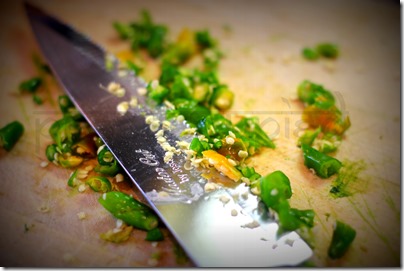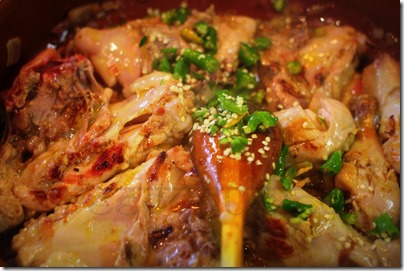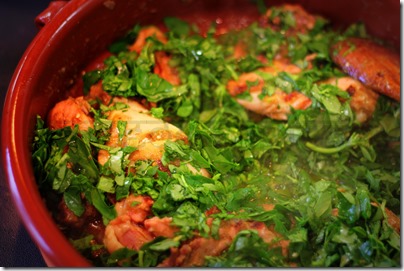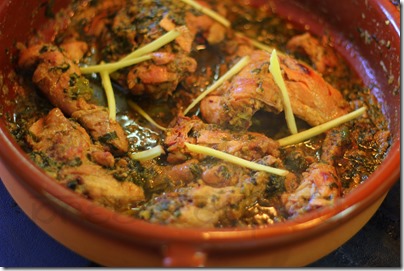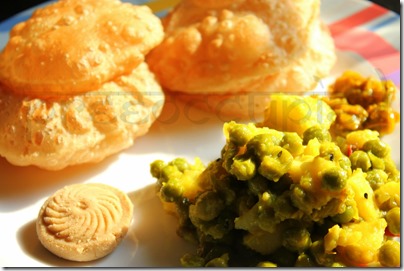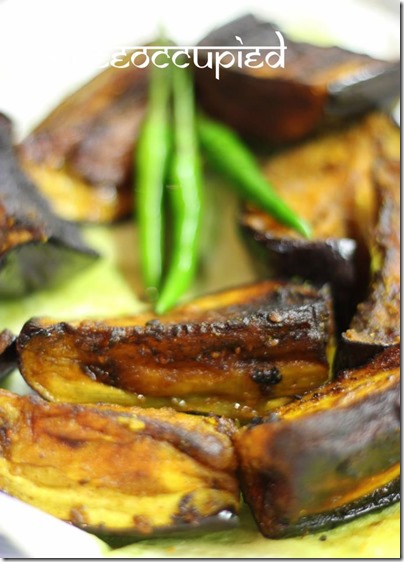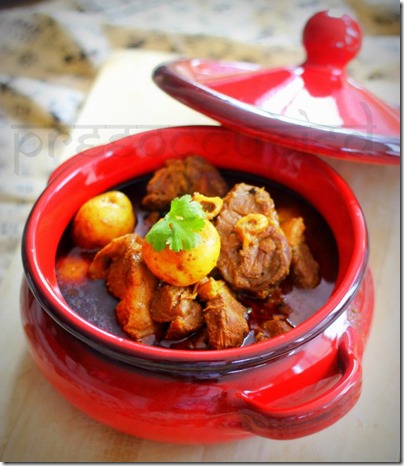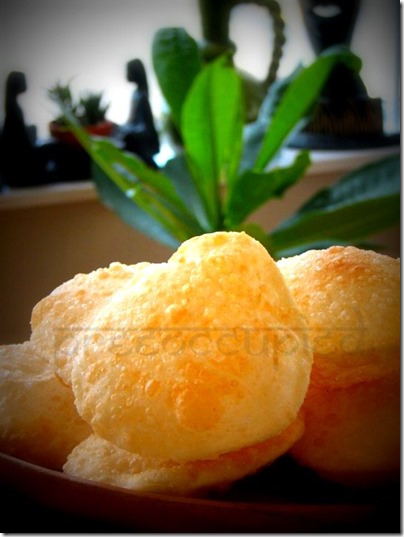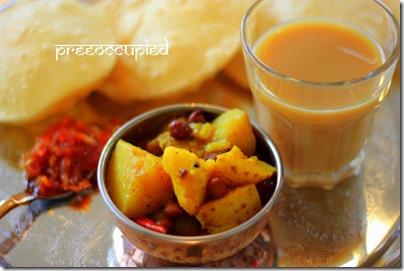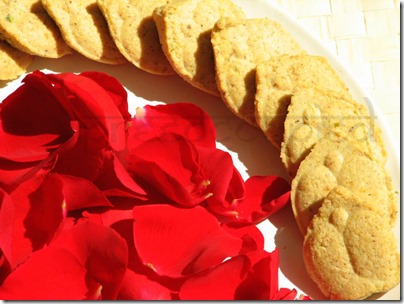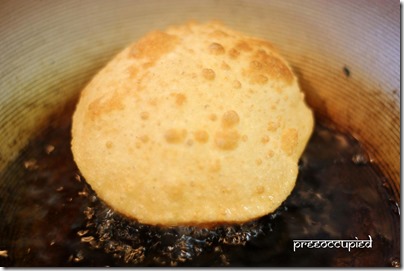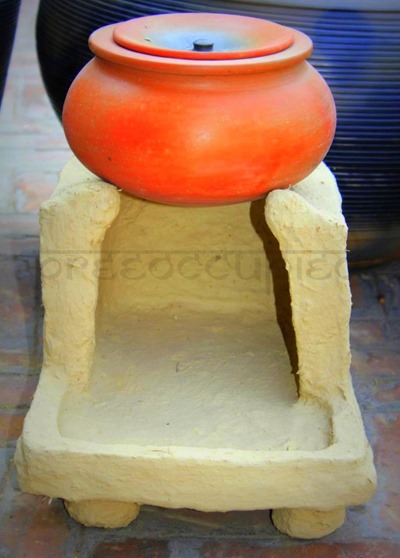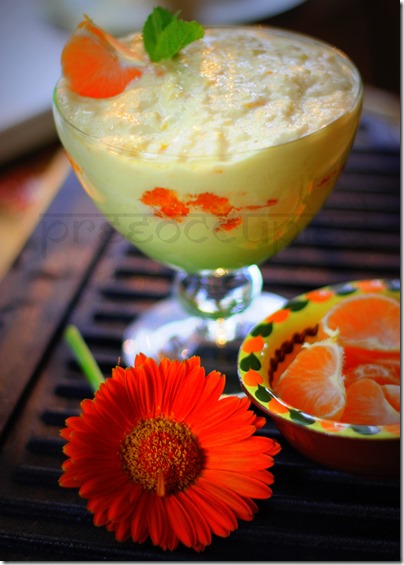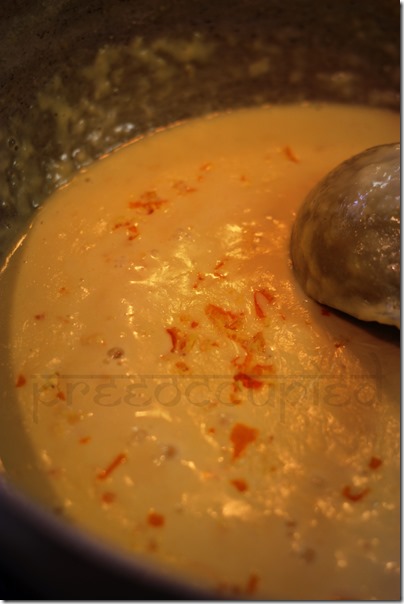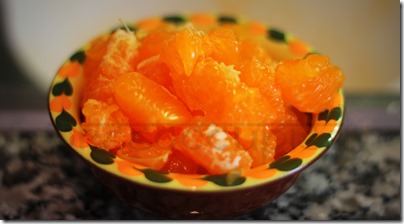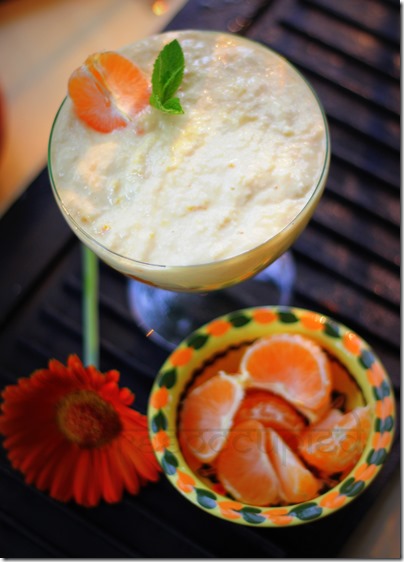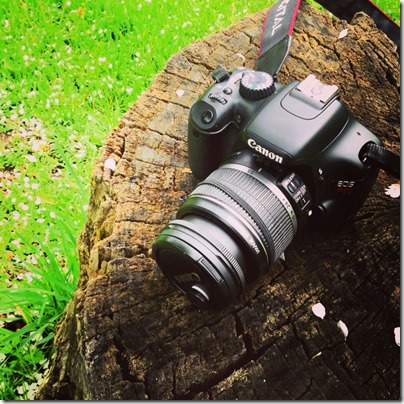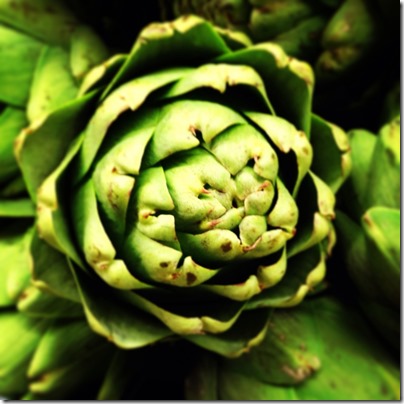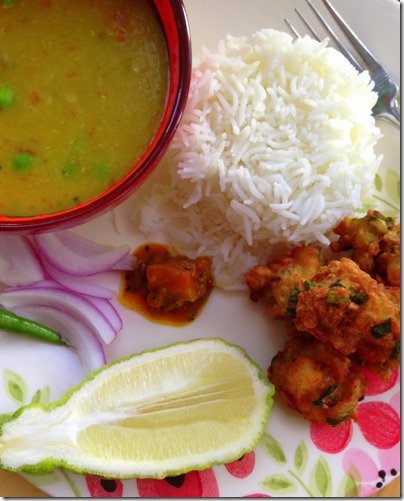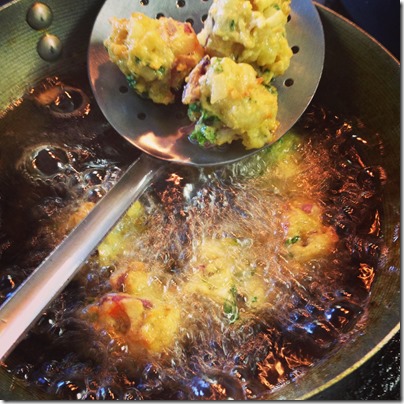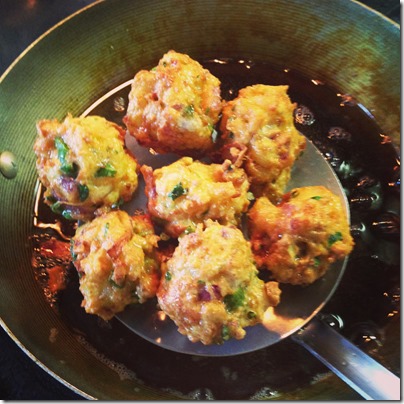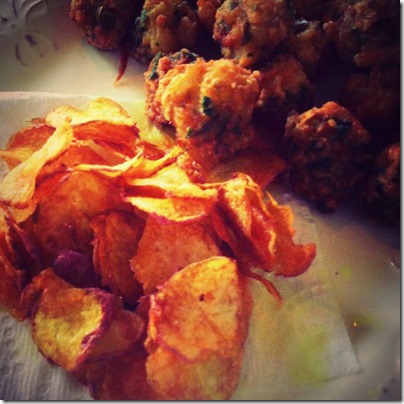Mrs Uthapa was my mother figure during my short life in Bangalore. She lived in the apartment next door and worked in a bank. She wore neatly pleated cotton sarees, and fresh Mallige (jasmine) flowers braided in her wet hair. She rode a Kinetic Honda to work at the State Bank of India.
“Aunty”, as you’d address any elderly lady in urban India, soon became quite friendly with me, and would even discuss things like her two sons’ careers and higher education with me. We would also exchange bowlfuls of freshly cooked food. I would give her a taste of my North Indian cooking fare, while she mesmerized me with her Pandi Curry and sometimes this Coorgi Chicken Curry.
The only thing I did not like was when she came with Bevu Bella (Neem and jaggery) during Ugadi. The neem from her hands brought out my extreme dislike of bitter. But she put a gun to my head and made me eat it and pretend I enjoyed it! My Mama would have been so pleased, because never in her life has she been able to make me eat neem-begun.
Anyway, here is how I made Uthapa Aunty’s Coorgi Murgi.
Ingredients for Uthapa Aunty’s Coorgi Murgi are:
1 chicken, cut into curry pieces
1 large red onion, finely chopped
1 four inch piece of fresh ginger
6-7 tablespoons of freshly grated coconut (I used the frozen variety, Deep brand)
5-6 green chilies (Aunty’s recipe does not have them, but I do add them)
2 tablespoons tamarind extract
Handful of coriander, leaves and stems
5-6 cloves
2 pieces of cinnamon
1 teaspoon turmeric
1 tablespoon coriander powder
1 tablespoon black pepper powder
Cooking oil
Salt
Start by heating the oil in a pressure pan. Add the chopped onions and sauté till they are lightly browned. Add the chicken pieces. Make sure there is no moisture in the chicken. Mix well and cover and cook till the chicken has turned brown.
Meanwhile, finely grind the cloves and cinnamon. You could use whole coriander seeds and dry grind them with the cloves and cinnamon. But I used store-bought coriander powder instead.
Add the powdered cloves, cinnamon, coriander, turmeric and black pepper powder to the chicken and coat the pieces well. Season with salt. Cover and cook for 5-6 minutes on low heat.
Now wet grind together the ginger, fresh coriander, and green chilies. Add this mixture to the chicken and cook for 5-6 minutes, covered. Add enough water to cover the chicken and spices. Cook till done, or you see oil releasing from the chicken and bubbling on the sides. Add the grated coconut now. And mix well. Let it bubble with the chicken for about 5-7 minutes. The coconut adds natural sweetness to the dish and thickens the curry.
Finish the Coorgi Murgi by adding the tamarind extract. Do a taste test and add more salt if needed. Serve with plain rice or with appams. And think how wonderful your life is to be getting your hands to such recipes which are family specials from faraway Bangalore. Thank you, Uthapa Aunty.


